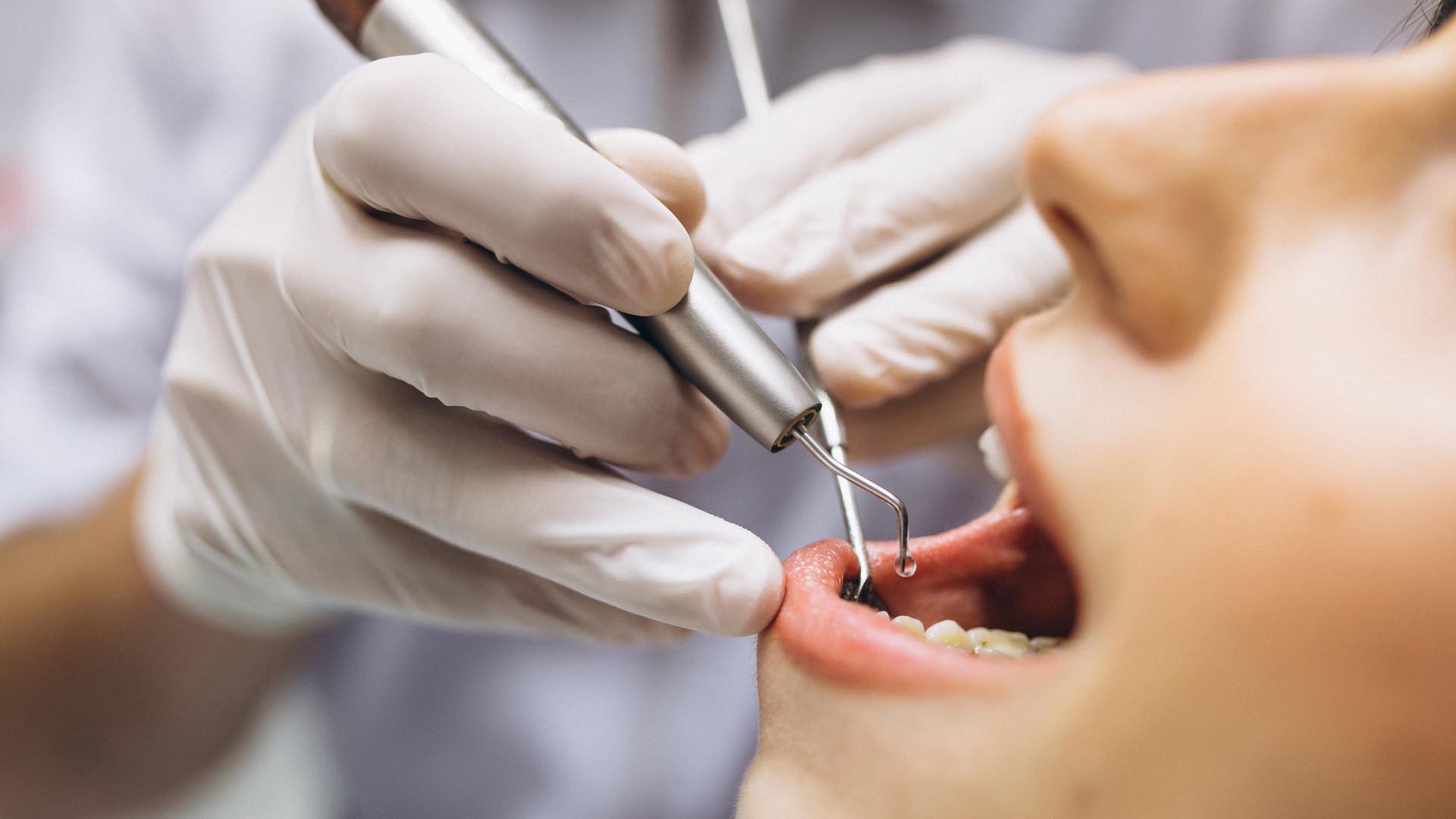Bone Loss and Dental Implants: Are You Facing Any Risk?

Dental bone loss and dental implants have not always been compatible.
Fortunately, recent proven surgical techniques are a game-changer. Today, many people with dental bone loss can hope to benefit from dental implants. However, the established process is a bit more complex for these cases.
Find out in this article why dental implants require a certain mass of bone in the jaw to implant properly. And see a proven technique that can increase missing bone mass and thereby prevent dental bone loss. This way, patients benefit from strong chewing and a very aesthetic smile thanks to prostheses on dental implants. But above all, they can stop the bone loss in their jaw, protected by dental implants.
Read more to find out…
Causes of Bone Loss
Bone loss always comes with aging…
However, certain factors can accelerate the process and lead to the onset of osteoporosis more quickly. In women, osteoporosis is most often seen after menopause due to estrogen deficiency.
Osteoporosis can also be the result of certain diseases or treatments. This is the case with prolonged use of cortisone, chronic inflammatory diseases such as rheumatoid arthritis, or inflammatory digestive or pulmonary diseases.
In any case, you must not take jaw bone loss lightly.
This deterioration in bone density is signaled by degradation of the peri-radicular bone (around the root of the tooth). Different illnesses can cause it, but also trauma or bad habits. In any case, it is imperative to quickly report this problem to your dental surgeon for effective treatments.
Implants and Jawbone without Bone Loss
The implants are inserted directly into the jawbone to support dentures well.
It is necessary to have jaws with a certain amount of bone. So then the patient will be able to receive these implants and ensure their strength. To do this, the implant must be completely embedded in the bone. It is only then that it can adequately fulfill its role of enabling strong chewing, just like real teeth.
To be able to properly receive the dental implant, the bone must be longer and wider than the implant. Currently, the shortest implants are 6mm and have a diameter of about 2mm. Usually, implants that are at least 8mm in length and 3.5mm in diameter are used. It is difficult in these conditions to receive implants if you have a dental bone loss that thins the jawbone or if you have developed osteoporosis.
Dental Implants and Bone loss
What if you are already suffering bone loss? This is where the surgical advancements of recent years come in. They increase the amount of bone available, making it possible for patients with dental bone loss to benefit from dental implants.
There are many techniques to benefit from the bone the patient already has, or to add extra bone mass. Some of these include zygomatic implants.
Zygomatic implants are very long implants that take advantage of the zygoma (zygoma is basically the cheekbone). The implant is screwed into the bone like a regular implant but much longer.
When there’s a loss in the upper back teeth, bones decrease rapidly and become very thin. Due to the absence of bones, sinuses grow. Here the dentist needs to lift the sinuses through sinus grafting to build up the bones in the sinus area. To do that, a surgeon cut a window to add bone into the sinus to bulk it up. After the bone attaches, remodels, and grows, we can say that there’s enough bone for the dental implant.
In cases where the patient cannot provide bone tissue himself, the use of donor bone tissue may be considered. This type of transplant (Alloderm) also gives good results, in the same way as with the patient’s tissues.
Performing a bone graft to make up for dental bone loss before having implants has some repercussions, of course.
Fortunately, adequate follow-up on the part of the surgeon facilitates recovery and a return to comfort. Thus, in the case of a bone graft performed at the same time as the placement of the implants, pain may appear in the following days. Usually, the discomfort goes away entirely after 5 to 7 days.
Good oral hygiene is essential for the success of an implant. In addition, it is important to visit the dentist regularly to keep your implant (and your natural teeth!) healthy by undergoing simple procedures like teeth cleaning and scaling. Your doctor may recommend that you use interdental brushes and use a mouthwash to prevent the risk of gum inflammation.
A philosopher once said that a toothache is one of the most intolerant painful experiences in life. Take good care of your teeth, or the tooth fairy will take care of them.




